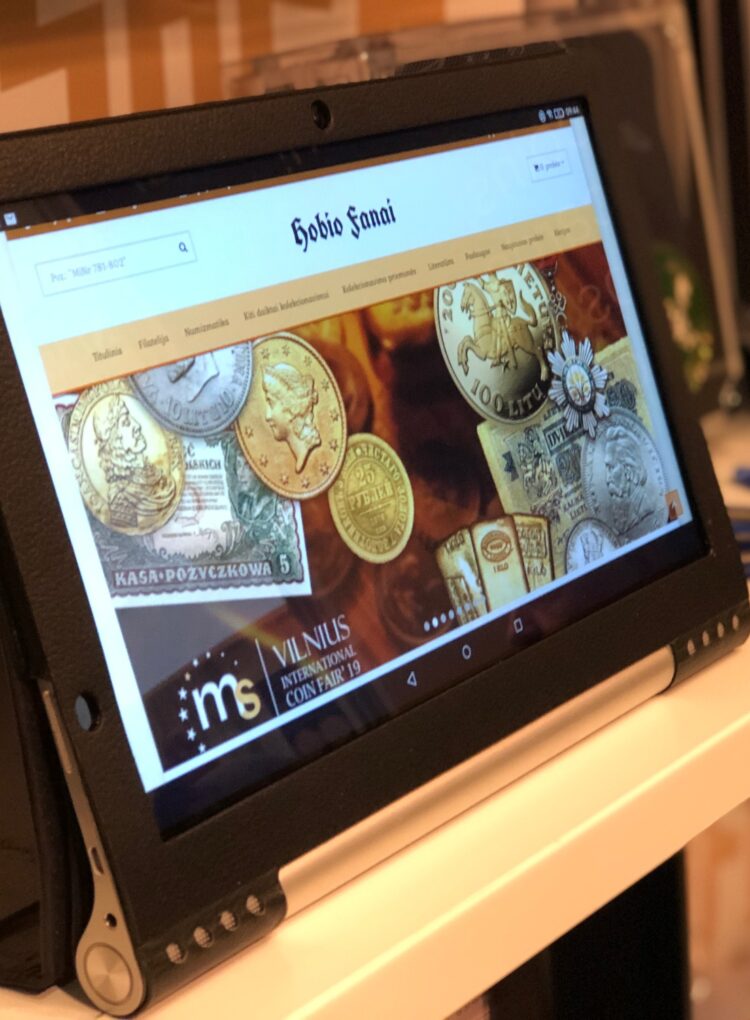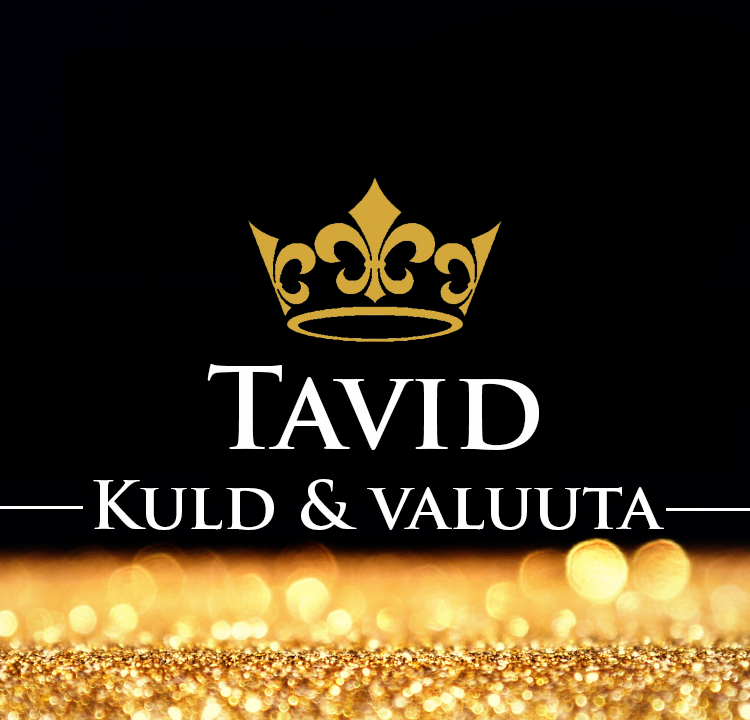The beginning of this story can be traced back to a piece of life wisdom I happened to come across online, which in Estonian might sound like this:
“Life is like a coin. You can spend it on anything, but you can only do so once.“
As someone who supplies collectors with coin collection accessories and is a numismatist myself, this quote immediately resonated with me. I had also long been looking at old coins turned into pendants, which would make for unique necklaces. However, the old coin pendants available in Estonia were mostly from the Russian Empire, and the symbols on them didn’t feel appropriate to wear. So, I began searching for something more suitable.
In early 2024, I had the chance to attend Europe’s largest coin fair. Despite the vast selection, a few key criteria had already started to take shape. The coin needed to have character, couldn’t be too large, had to be made of good silver, and should not be too expensive. Eventually, and quite by accident, I found a table covered with dozens of silver coins from Parthian rulers.
The coin I purchased back then to be made into a pendant met all my criteria:

Money is a good servant but a bad master…
- CHARACTER: The obverse of the coin depicts a crowned profile of a ruler, which anyone could easily relate to – we often see ourselves as the center of the world. However, reality can be quite the opposite, similar to the king on the coin, whose name nobody remembers anymore…
- SIZE: Approximately 20 mm in diameter, which is just the right size to wear as a necklace.
- MATERIAL: Silver. The coin is thick enough to allow for the attachment of a pendant loop.
- PRICE: I paid €50 for my piece, although the original price was higher. You can find both cheaper and more expensive ones depending on the quality of the coin.
In Estonia, I found a jeweler who added the pendant loop to the coin, I bought a chain, and a unique necklace was ready. Not only is it distinctive, but it’s also thematic (if you collect coins, wearing one as a necklace makes sense) and educational (it carries several lessons).
When something turns out well, you often want to offer it to others too. Especially since very old coins, even if struck by the same mint master, are never identical. I turned to my good partner, COINS.ee, and together we found a few more coins to experiment with. Now they have been turned into pendants and are either already in the online store or soon will be…
As mentioned, the first coin I bought for a pendant was minted by a Parthian ruler. A great example! Parthia is historically significant enough to even be mentioned in the Estonian Wikipedia. However, who remembers this great empire from school? When was the last time you heard anyone mention a Parthian ruler? Such are the twists of history, and this is a good reason to value a coin from that time as a pendant. Even a life lived as a ruler can, in retrospect, seem insignificant both subjectively and objectively.
So, if you are looking for a thematic, unique necklace with meaning, whether for yourself or as a gift, that reminds you of the value of life and the role of money in it, take a look at the collection.
I assume many will wonder about the use of the word POGONATOS. It’s a Greek word (in Greek: Πωγωνάτος), meaning “beard,” “bearded,” or “a man with a beard.” Interestingly, several Byzantine rulers were known by this epithet, some rightfully and others mistakenly, for instance, after their predecessor.
I chose the name POGONATOS for my potential future brand because of the proud beard of the ruler depicted on my coin and my own beard. In many cultures, especially in antiquity, beards are associated with wisdom, maturity, or authority. This connection is important considering the initial focus on pendants inspired by antiquity.




Photos: © Katrin Merisalu






















